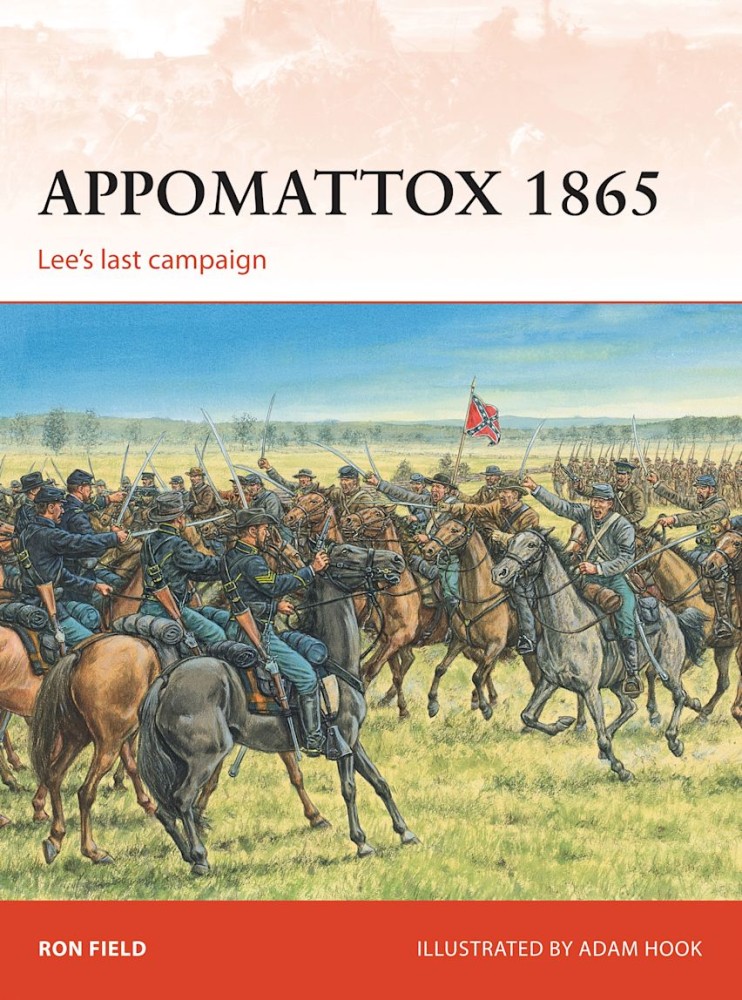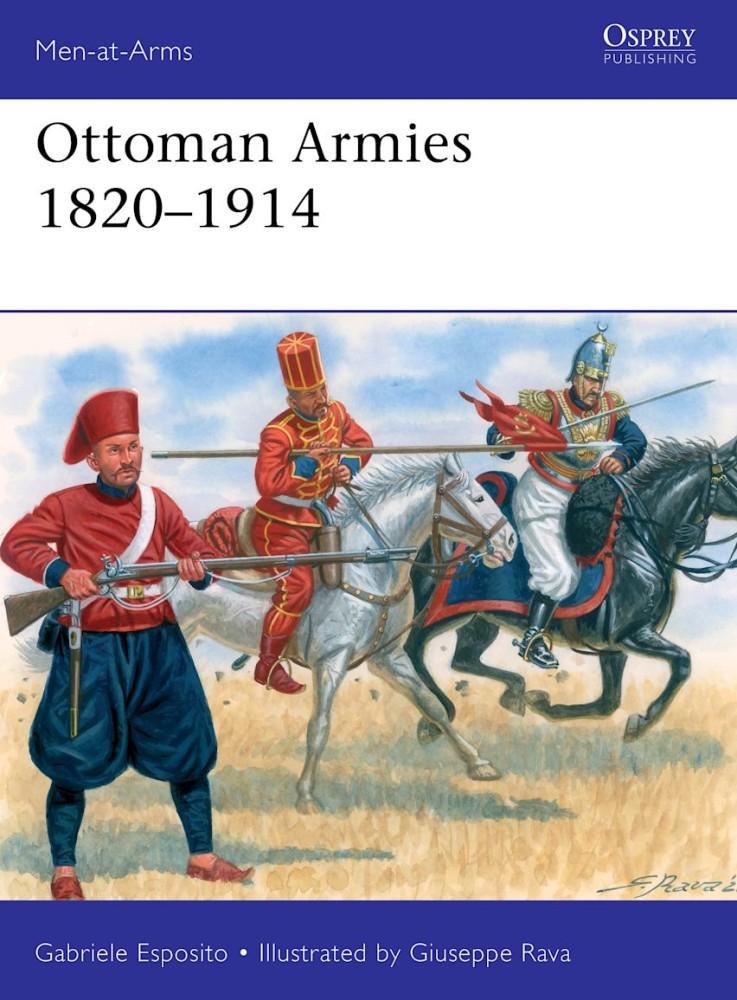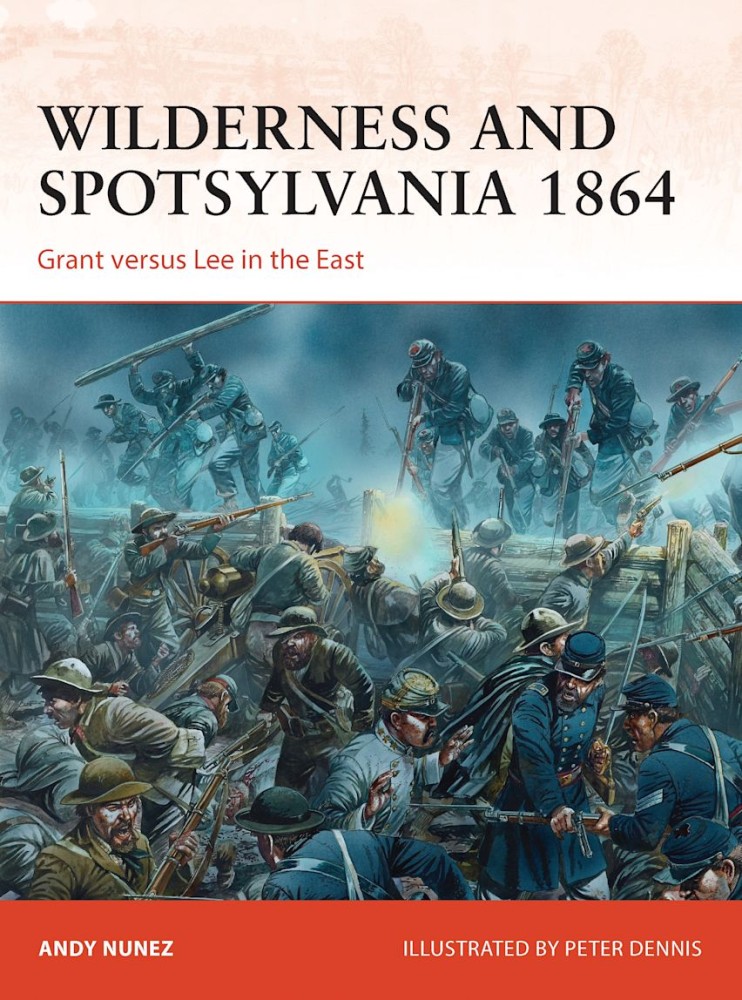From an internationally renowned expert on US history, this highly illustrated title details the curtain-closing campaign of the American Civil War in the East.
This book describes and illustrates the armies of the embattled Ottoman Turkish Empire involved in 19th-century wars during the Empire's long spiral of decline.
During the so called 'long 19th century', between the end of the Napoleonic Wars in 1815 and the outbreak of World War I in 1914, the difficulties faced by the Ottoman Turkish Empire were a recurrent factor in international geopolitics. Against a background of Russian–Ottoman rivalry, France and Britain supported the Empire during the Crimean War (1854–56), but not in the Russo–Turkish War (1877–78).
Portraying the uniforms, arms and appearance of Ottoman troops during this period, this book traces the history of the Ottoman Empire throughout this period, when no fewer than ten wars of regional insurgency and foreign expansion against the Empire were fought in territories in south-eastern Europe, the Middle East and North Africa.
Using rare photos and illustrations from Turkish, Balkan and other sources, author, Gabriele Esposito details the history of the multi-ethnic Ottoman armies periodic attempts to modernize which enabled them to win some victories at a tactical level. But the Empire – 'the sick man of Europe' – lacked a coherent strategy or sufficient resources, and failed attempts to crush regional uprisings and to defend borders, saw the steady loss of territories. Due to misgovernment and economic failure, unrest finally boiled over in 1908–09, reducing the sultan's court to a largely ceremonial role, and installing a military government by the 'Young Turks' led by the general Enver Pasha.
This book is a vivid description of the organization, operations, uniforms and equipment of one of the most active and varied armies of the 'long 19th century' and paints a detailed picture of the Ottoman Empire's struggle to maintain control of its territories.
An illustrated account of the battles of the Wilderness and Spotsylvania, which saw the first meeting of Robert E Lee and Ulysses S Grant on the battlefield.



